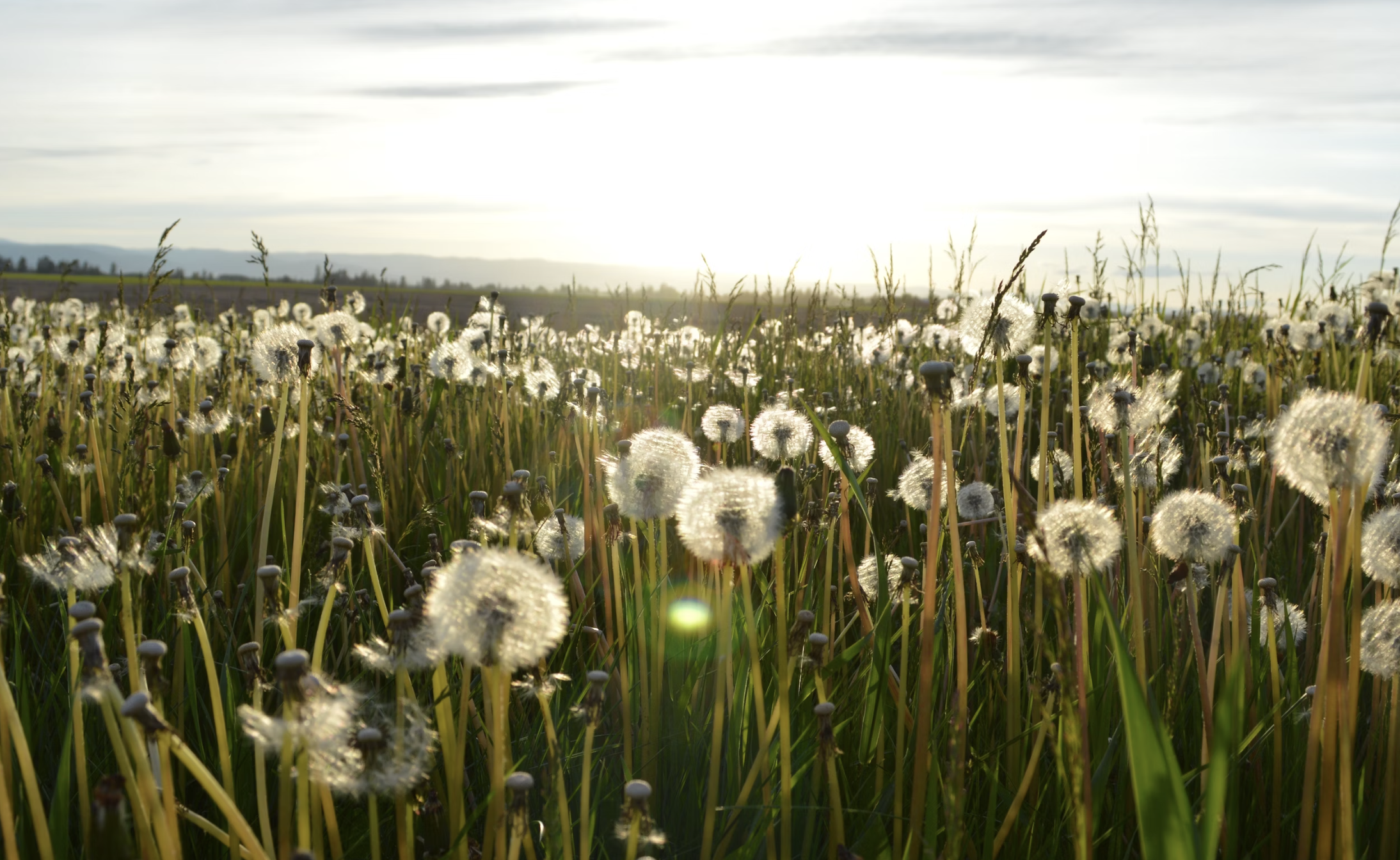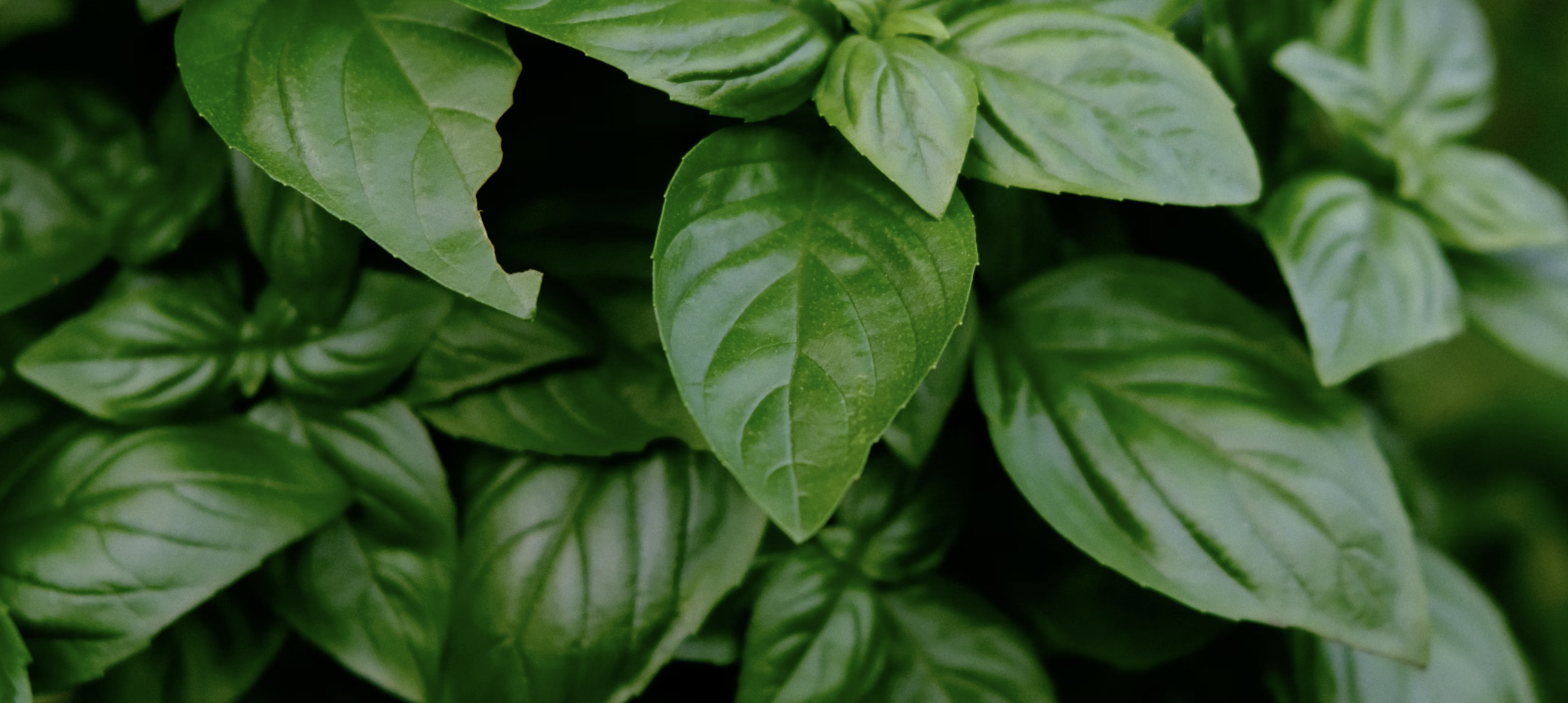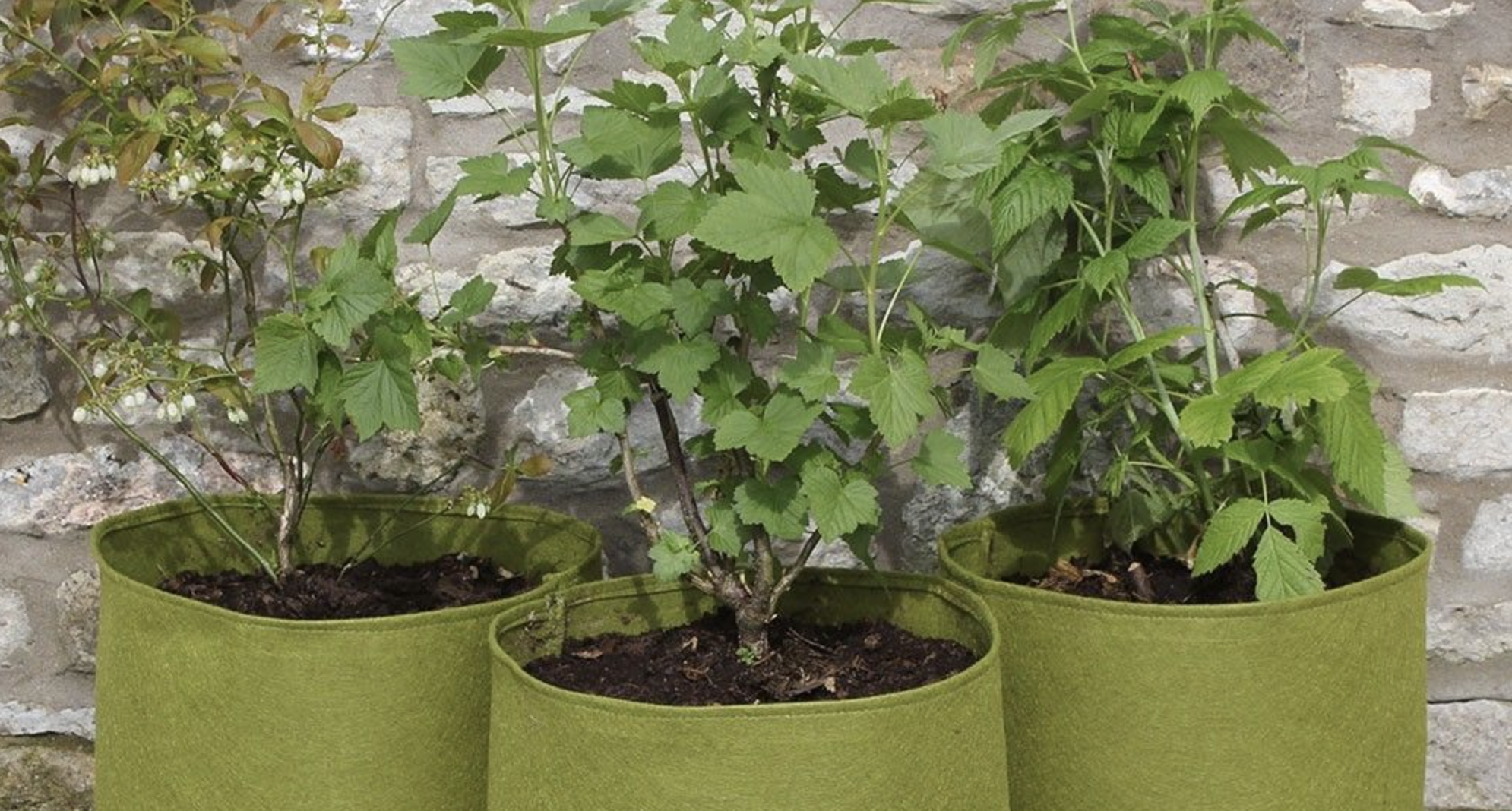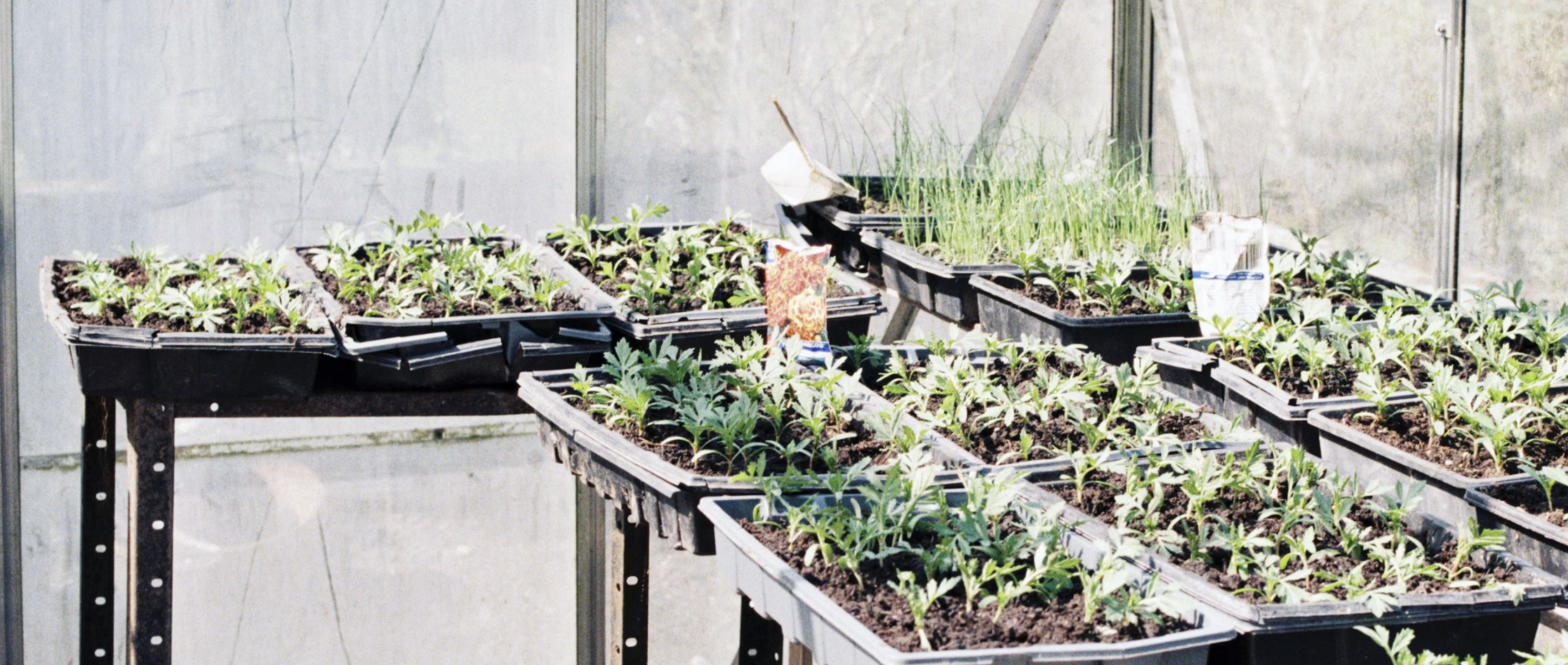
Are weeds taking over your garden? Understanding different types of weeds and finding the best weed killers for each can help you regain control and maintain a flourishing green space. From pesky dandelions to invasive crabgrass, it's important to identify the specific type of weed you're dealing with to effectively eradicate it.
Dandelions are common broadleaf weeds with bright yellow flowers that quickly spread, while crabgrass is a prevalent grassy weed that thrives in bare patches. These are just two examples of the numerous types of weeds that can cause havoc in your garden.
When it comes to weed killers, there is no one-size-fits-all solution. Different weeds require different approaches. Some may require selective herbicides that target specific weeds without harming other plants, while others may call for non-selective herbicides that effectively kill all vegetation.
In this article, we'll dive into the world of weeds, exploring the various types you may encounter and the best weed killers suited for each. Whether you're a seasoned gardener or a novice, this guide will equip you with the knowledge to tackle those stubborn weeds and reclaim your garden oasis.
Common types of weeds and their characteristics
Weeds come in many different forms, each with its own unique characteristics. By familiarizing yourself with the common types of weeds that may invade your garden, you can better understand their growth patterns and develop effective strategies for control.
One common type of weed is the dandelion (Taraxacum officinale). Known for its bright yellow flowers and fluffy seed heads, dandelions are notorious for spreading quickly and taking over lawns and flower beds. These broadleaf weeds have deep taproots, making them difficult to remove by hand. They thrive in a variety of conditions, including moist and dry soil.
Another common weed is crabgrass (Digitaria). This grassy weed is characterized by its low-growing habit and ability to thrive in bare soil patches. It spreads by producing numerous seeds that can remain dormant in the soil for years, making it challenging to eradicate once it establishes itself in your garden.
Other types of common weeds include chickweed (Stellaria media), a low-growing annual weed with small white flowers, and purslane (Portulaca oleracea), a succulent weed with fleshy leaves and yellow flowers. These weeds can quickly take over garden beds and compete with desirable plants for nutrients and sunlight if left unchecked.
Understanding the growth habits of weeds
To effectively control weeds, it's essential to understand their growth habits. Weeds can be categorized into two main types based on their life cycles: annuals and perennials.
Annual weeds complete their life cycle in one year or less. They germinate from seeds, grow, produce flowers and seeds, and then die off. Common annual weeds include crabgrass, dandelions, and chickweed. These weeds spread rapidly and can quickly take over your garden if not effectively controlled.
Perennial weeds, on the other hand, can live for multiple years. They have various methods of reproduction, including seeds, underground rhizomes, and stolons. Perennial weeds are often more challenging to control since they can regenerate from their underground structures even after being cut or pulled. Examples of perennial weeds include dandelions, bindweed (Convolvulus arvensis), and Canada thistle (Cirsium arvense).
Understanding the growth habits of weeds is crucial when selecting the appropriate weed killer. Some herbicides are designed to target annual weeds, while others are more effective against perennial weeds. By identifying the life cycle of the weed you're dealing with, you can choose the most appropriate weed killer for the job.
The importance of identifying weeds correctly
Properly identifying weeds is a crucial step in effective weed control. Misidentifying a weed can lead to the use of inappropriate herbicides or control methods, wasting time, effort, and money.
When identifying weeds, it's important to consider their physical characteristics, such as leaf shape and arrangement, flower color and structure, stem type, and growth habit. There are several online resources and mobile applications available that can help you identify weeds based on these characteristics.
Additionally, it's helpful to understand the requirements and preferences of different weeds. Some weeds thrive in sunny areas, while others prefer shade. Some weeds prefer moist soil, while others can tolerate drought conditions. By identifying the specific weed species and understanding its preferences, you can implement targeted control measures and prevent future infestations.
Organic weed control methods
For those who prefer a more natural approach to weed control, there are several organic methods available that can effectively manage weeds without the use of synthetic chemicals.
One popular organic weed control method is hand weeding. This involves physically removing weeds by hand, ensuring that the entire root system is extracted. Hand weeding is most effective for small infestations or isolated weeds, as it can be time-consuming for larger areas.
Mulching is another effective organic weed control method. By covering the soil with a layer of mulch, you can suppress weed growth by blocking sunlight and preventing weed seeds from germinating. Organic mulch materials such as wood chips, straw, or shredded leaves can be used. It's important to apply a thick layer of mulch to achieve maximum weed suppression.
Some organic herbicides derived from natural ingredients, such as vinegar or citrus oil, can also be effective in controlling weeds. These herbicides work by desiccating the foliage of the weeds, causing them to wither and die. However, it's important to note that organic herbicides may also harm desirable plants if not used carefully, as they lack selectivity.
Chemical weed control options
While organic methods can be effective, sometimes chemical weed control options are necessary to combat stubborn or widespread weed infestations. Chemical herbicides can provide quick and effective results when used correctly.
When selecting a chemical herbicide, it's important to choose the appropriate type based on the weeds you're targeting. Selective herbicides are designed to target specific types of weeds, such as broadleaf weeds or grassy weeds, while leaving desirable plants unharmed. Non-selective herbicides, on the other hand, kill all vegetation they come into contact with.
Glyphosate is a widely used non-selective herbicide that effectively kills a broad range of weeds. It works by inhibiting a specific enzyme that is essential for plant growth. Glyphosate is commonly used to control weeds in large areas, such as agricultural fields or industrial sites. However, it should be used with caution as it can also harm desirable plants if not applied correctly.
For selective control of broadleaf weeds, herbicides containing 2,4-D or dicamba are commonly used. These herbicides target broadleaf weeds while leaving grasses unharmed. They are often used in lawns or turf areas where grassy weeds, such as dandelions or clover, are a problem.
Best weed killers for broadleaf weeds
Broadleaf weeds, such as dandelions, clover, and thistles, can quickly invade and overtake your garden if left unchecked. Fortunately, there are several effective weed killers available specifically designed to target these types of weeds.
One popular broadleaf weed killer is a herbicide containing 2,4-D. This herbicide selectively targets broadleaf weeds while leaving grasses unharmed. It can be applied as a liquid spray or a granular formulation, depending on the specific product.
Another effective option for targeting broadleaf weeds is a herbicide containing dicamba. Dicamba-based herbicides are commonly used in residential lawns and turf areas to control weeds such as dandelions, clover, and plantain. They can be applied as a spot treatment or as a broadcast application using a sprayer.
It's important to follow the manufacturer's instructions when using any herbicide, paying close attention to the recommended application rates and timing. Applying herbicides during optimal weather conditions, such as when the weeds are actively growing and there is no rain in the forecast, can maximize their effectiveness.
Best weed killers for grassy weeds
Grassy weeds, such as crabgrass and goosegrass, can quickly overtake your lawn, making it appear unkempt and unhealthy. To effectively control these types of weeds, it's important to choose a weed killer specifically designed to target grassy weeds.
One commonly used herbicide for grassy weed control is a product containing the active ingredient quinclorac. Quinclorac is effective in controlling grassy weeds such as crabgrass, foxtail, and barnyardgrass. It can be applied as a liquid spray or as a granular formulation, depending on the specific product.
Another effective option for controlling grassy weeds is a herbicide containing the active ingredient sethoxydim. Sethoxydim-based herbicides selectively target grassy weeds while leaving broadleaf plants unharmed. They are commonly used in residential lawns and turf areas to control grassy weeds such as crabgrass and goosegrass.
Pre-emergent weed control products
Preventing weeds from germinating in the first place is an effective strategy for long-term weed control. Pre-emergent herbicides are specifically designed to inhibit the germination of weed seeds, preventing them from becoming established in your garden.
One common pre-emergent herbicide is prodiamine. Prodiamine-based products create a barrier in the soil that prevents weed seeds from germinating. They are commonly used in lawns and garden beds to control annual grassy and broadleaf weeds.
Another effective pre-emergent herbicide is pendimethalin. Pendimethalin-based products work by forming a barrier on the soil surface, preventing weed seeds from germinating. They are commonly used in vegetable gardens, flower beds, and ornamental landscapes to control annual grassy and broadleaf weeds.
It's important to apply pre-emergent herbicides at the appropriate time, typically before the weeds begin to germinate. Timing is crucial for optimal effectiveness, so be sure to follow the manufacturer's instructions for the specific product you're using.
Conclusion: Maintaining a weed-free garden
Weeds can be a persistent nuisance in any garden or landscape, but with the right knowledge and tools, you can effectively control them and maintain a weed-free environment.
Understanding the different types of weeds and their characteristics is the first step in successful weed control. Identifying weeds correctly allows you to choose the most appropriate control methods and herbicides.
Organic weed control methods, such as hand weeding and mulching, can be effective for smaller infestations or for those who prefer a more natural approach. However, chemical weed control options may be necessary for larger or more stubborn weed problems.
Choosing the best weed killers for specific types of weeds, such as broadleaf weeds or grassy weeds, can greatly increase the effectiveness of your weed control efforts. Selective herbicides that target specific weed types while leaving desirable plants unharmed are often the most effective option.
Additionally, using pre-emergent herbicides can help prevent weeds from germinating in the first place, providing long-term weed control.
By implementing a combination of these strategies and staying vigilant with regular maintenance, you can maintain a weed-free garden and enjoy a flourishing green space for years to come. So roll up your sleeves, grab your weed killer of choice, and reclaim your garden oasis from those pesky weeds.











